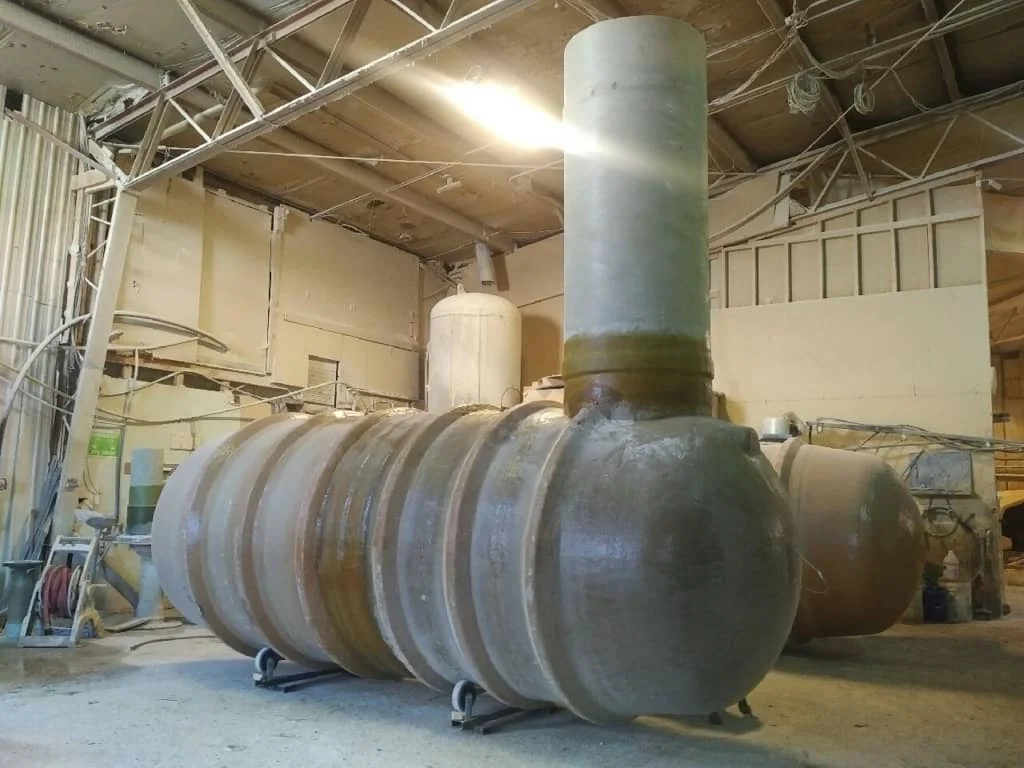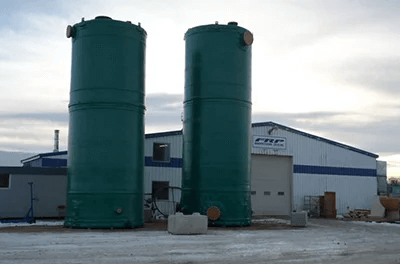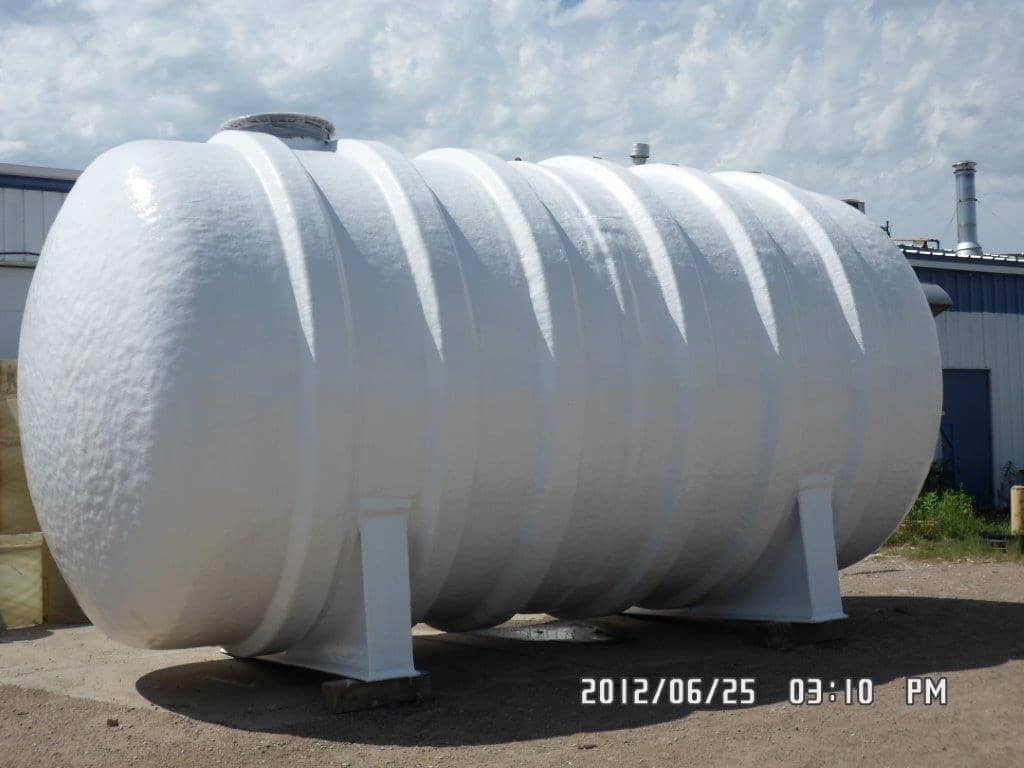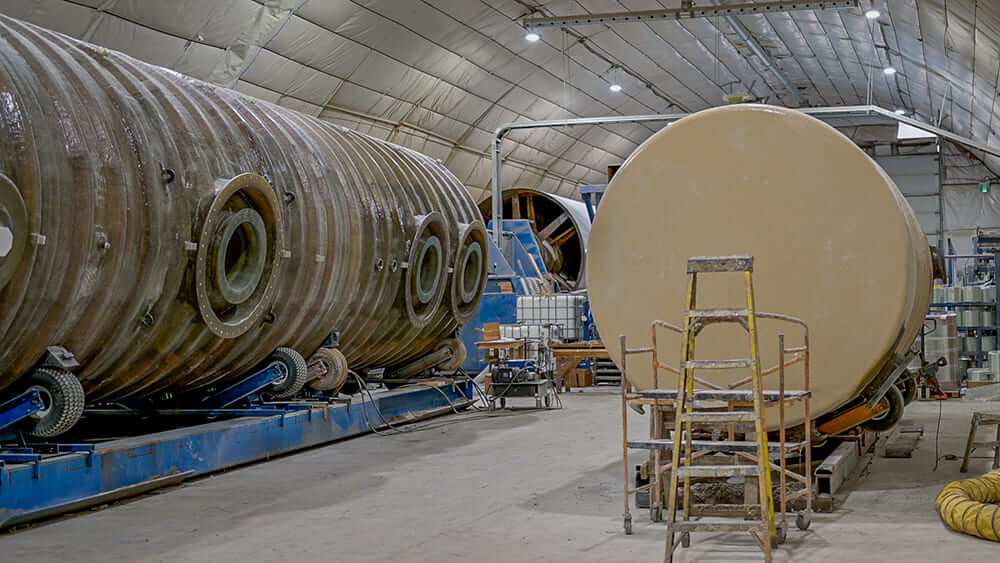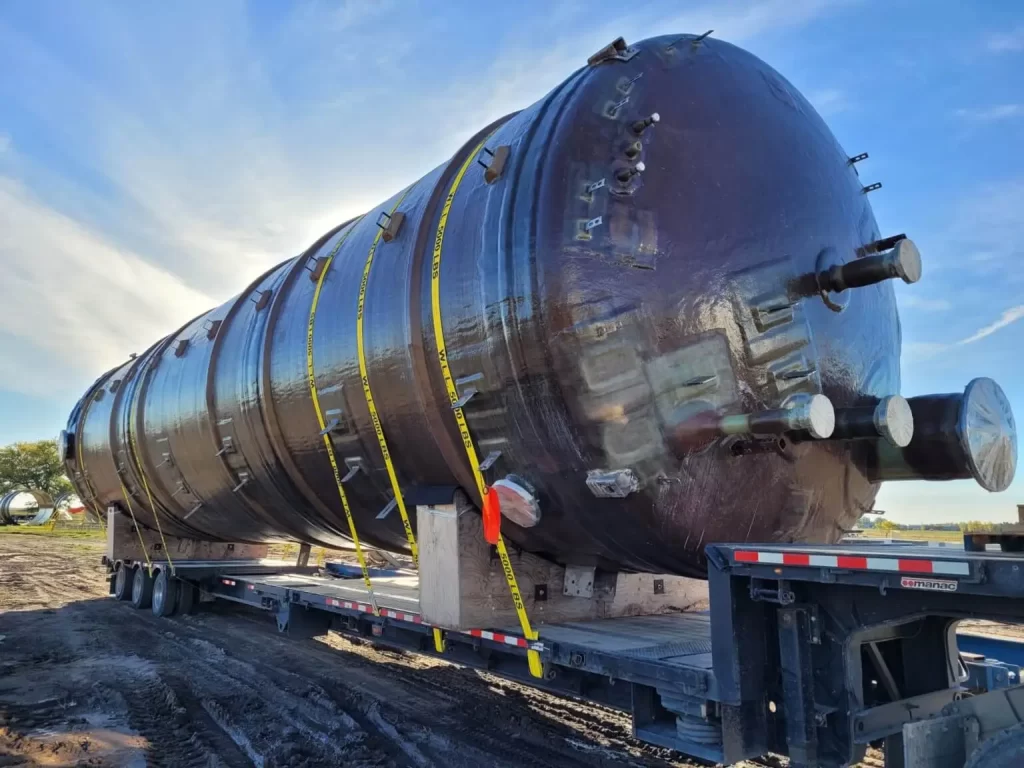It’s a big decision to purchase a storage tank, chemical or otherwise, and it’s important to know what kind of tanks are right for your particular job. If you’re considering either a polyethylene tank or a fiberglass reinforced plastic tank, it’s important to recognize the differences in all aspects, including maintenance, cost, shipping, and longevity. Here’s what to keep in mind when you’re deciding between an FRP or a polyethylene storage tank.
FRP Tank
| Polyethylene Tank
|
The decision between FRP or polyethylene tanks should come with a thorough understanding of the specifications of each tank and the requirements of your storage needs. Whether you work in the agricultural, chemical, oil and gas, potable or wastewater industries, a trustworthy and long lasting solution is the ideal storage option. If you have questions about how we can help you with your storage needs, get in touch with us!

